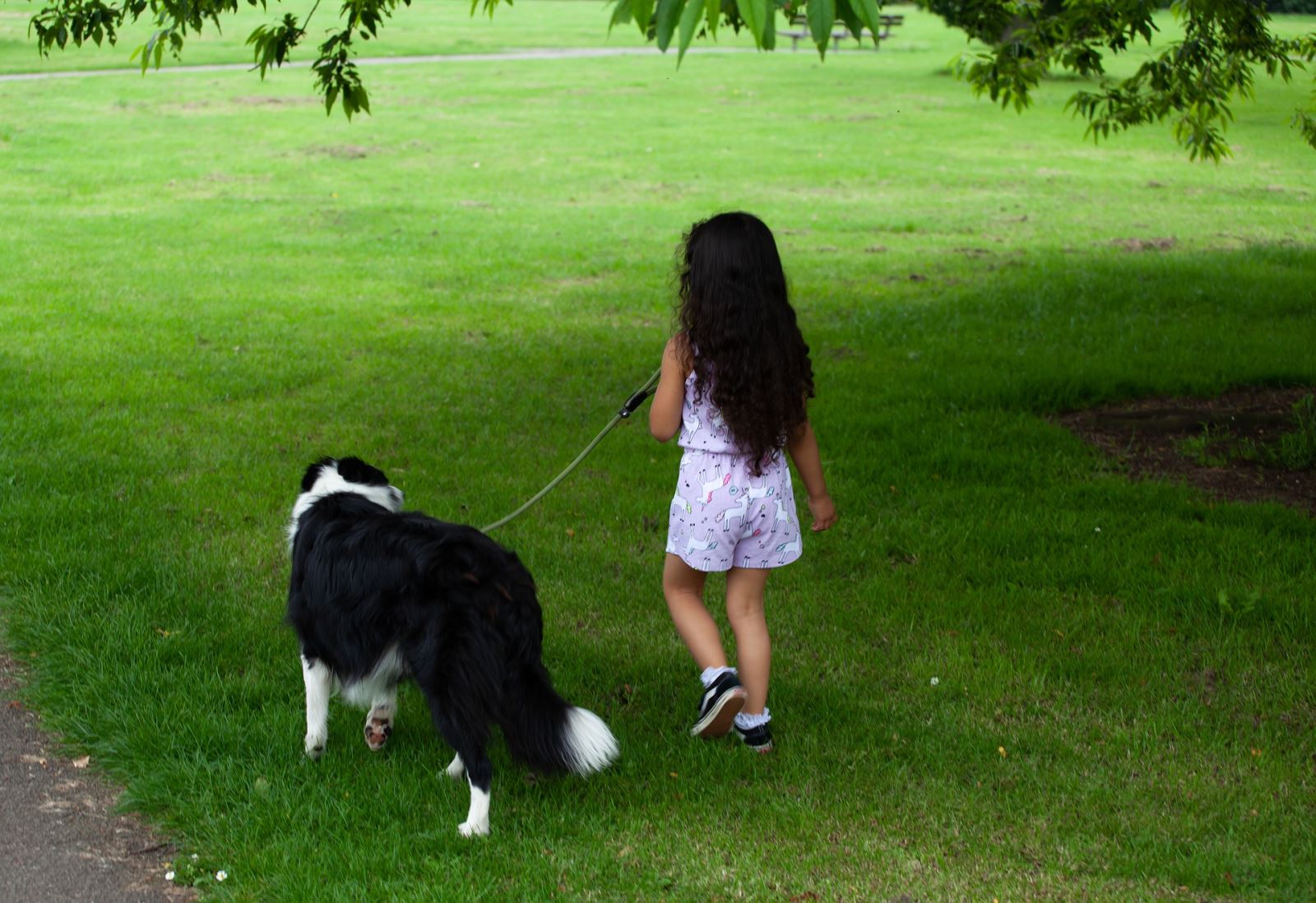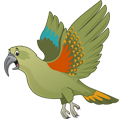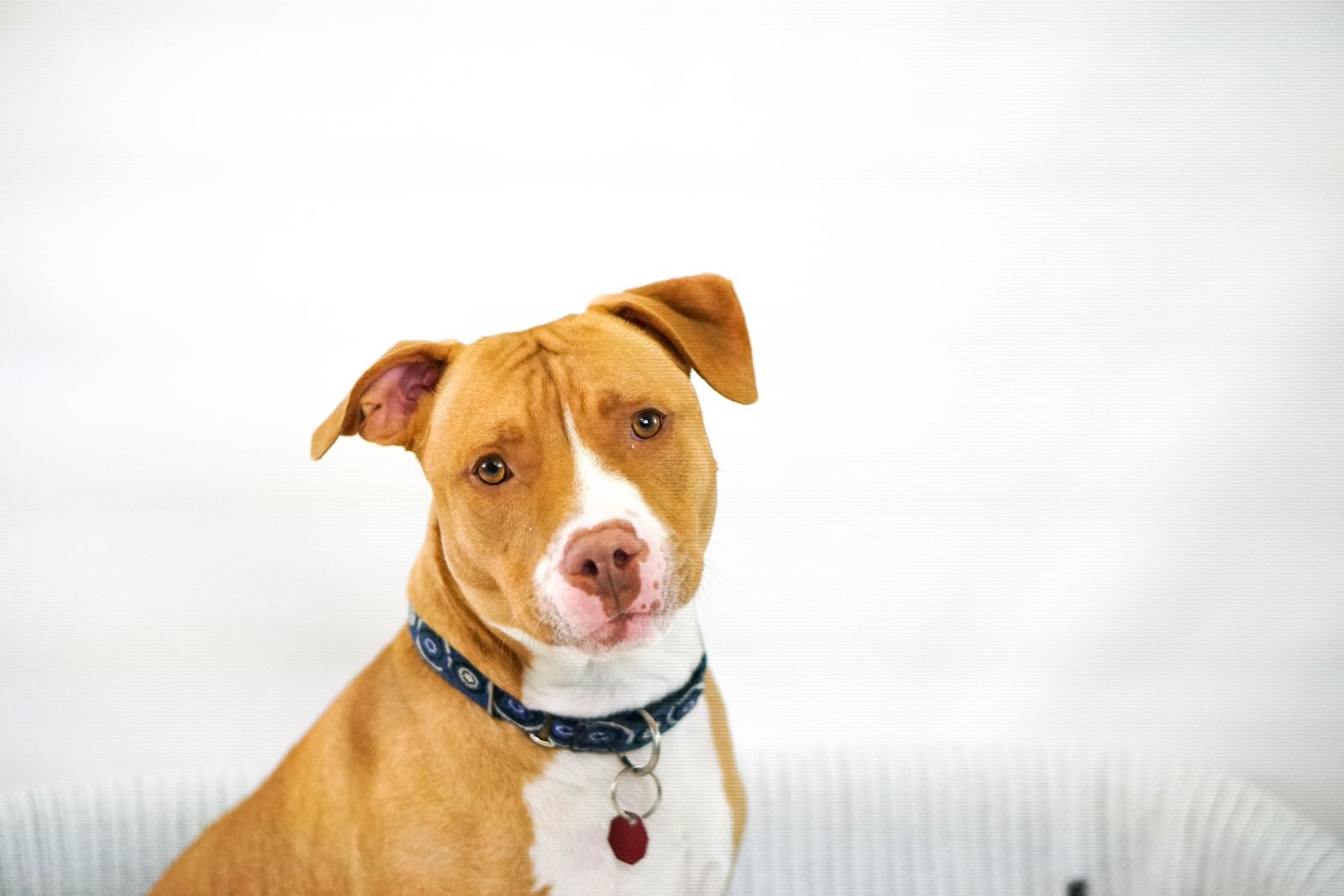Moving to a new house can be a confusing experience for dogs so it’s important to try to make it as stress free as possible.
Before you move, it’s a good idea to take your dog for a few walks around their new neighbourhood. That way they can get used to all of the new sights and smells before the move.
Introduce your dog slowly and gradually to their new home so they can get used to their new environment.
It is helpful to keep other areas of your dog’s life as consistent as possible around a move – for example, maintaining the same routine, feeding them at the same time, and keeping familiar objects with them, like favourite beds or toys.
Spend lots of time keeping your dog company in the new house and helping them to feel secure and at home.
Dogs may sometimes try to escape from their new home. It’s important to make sure that your new house is secure for your dog and that they cannot escape.



























.jpg)

.jpg)





